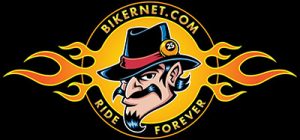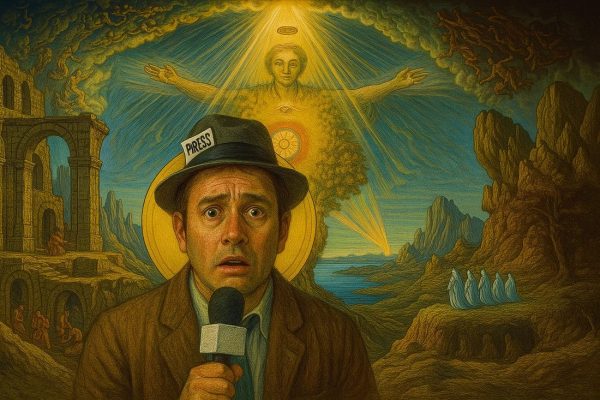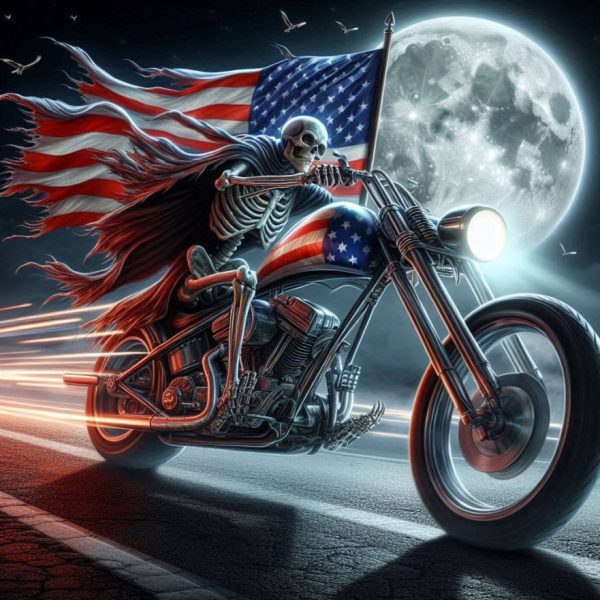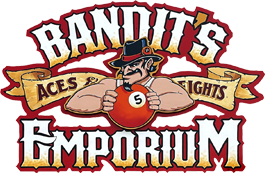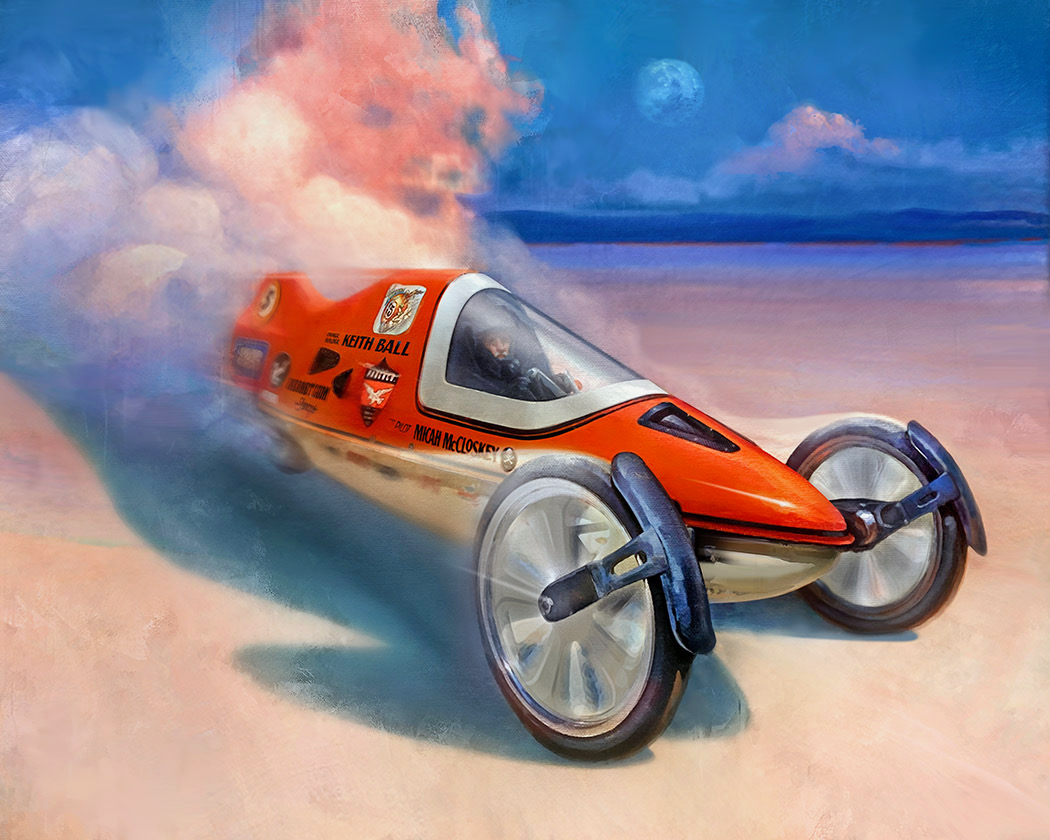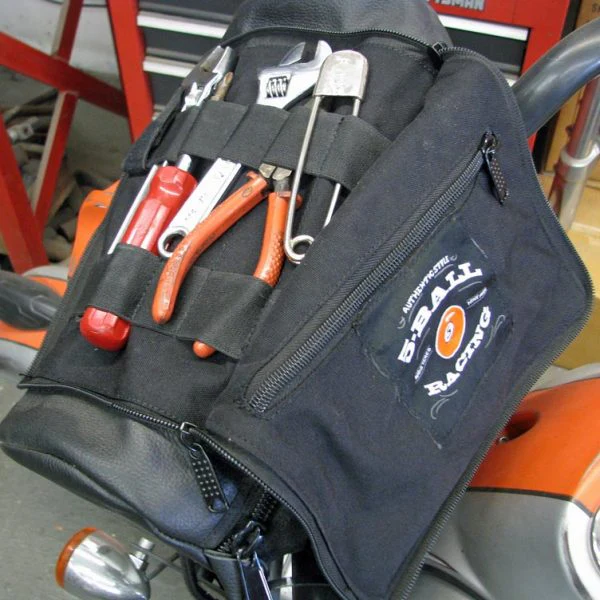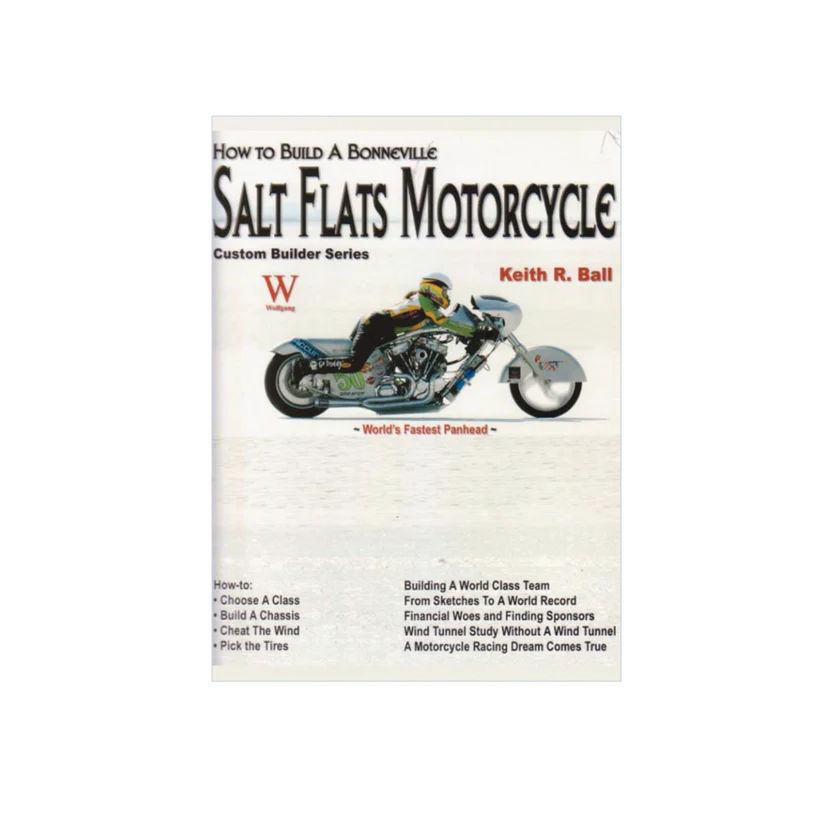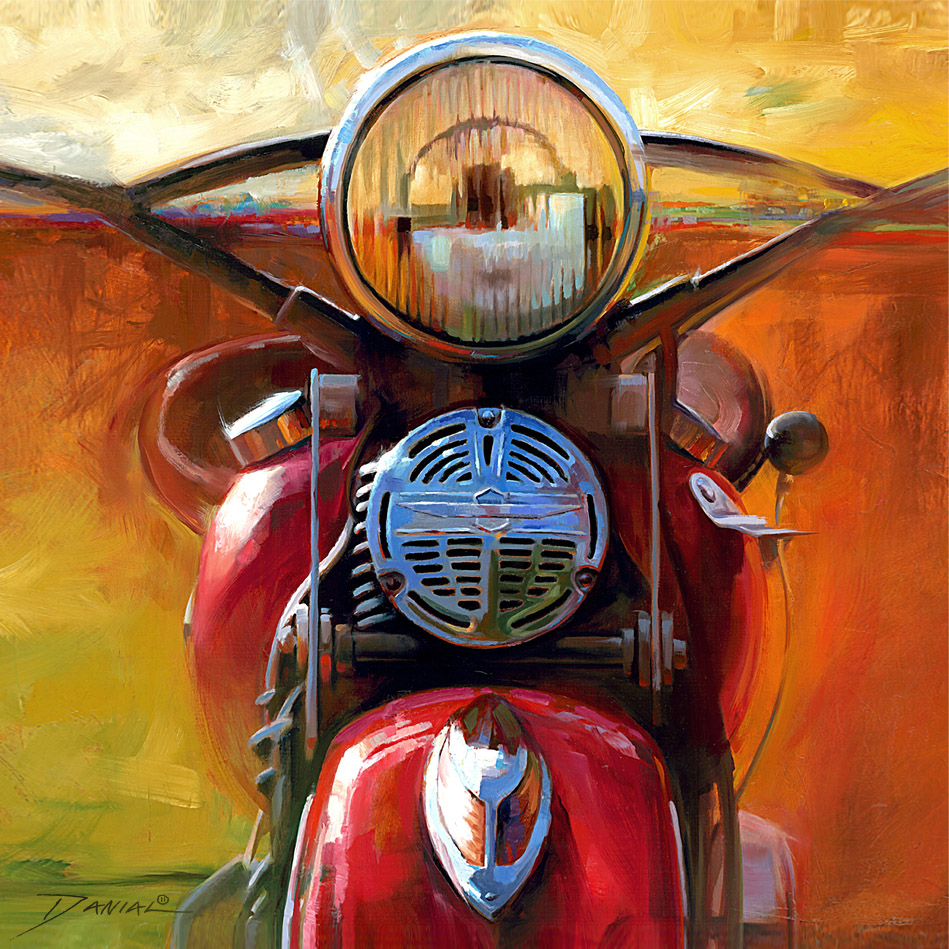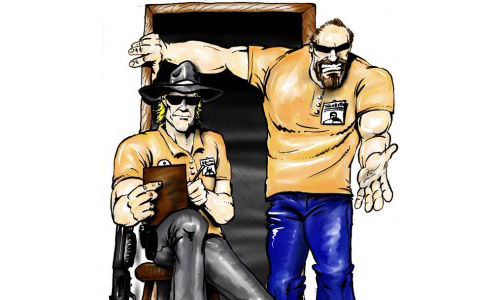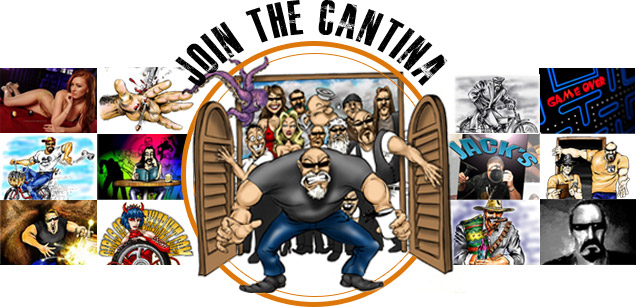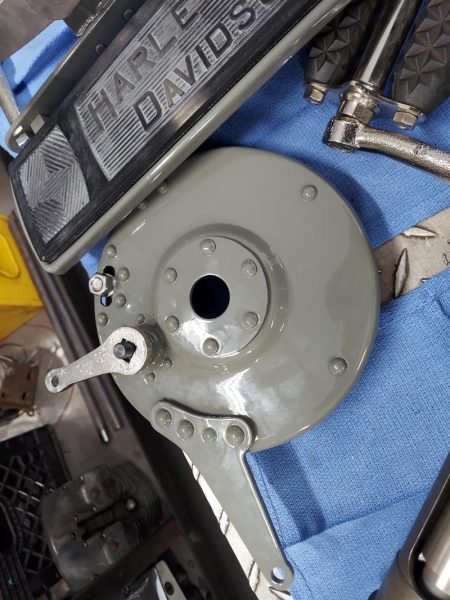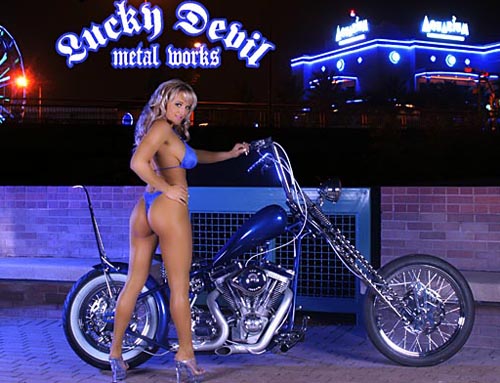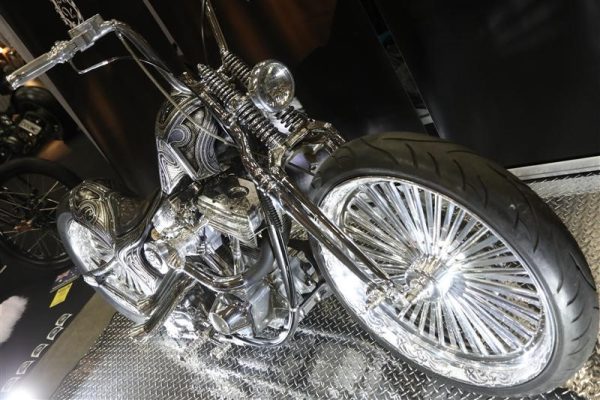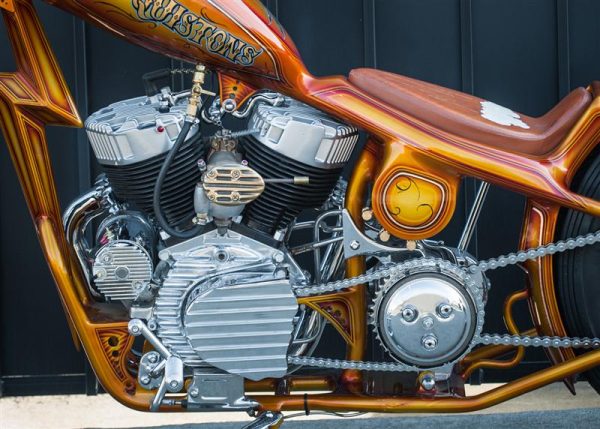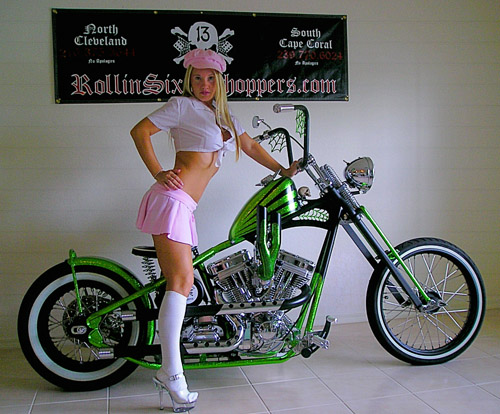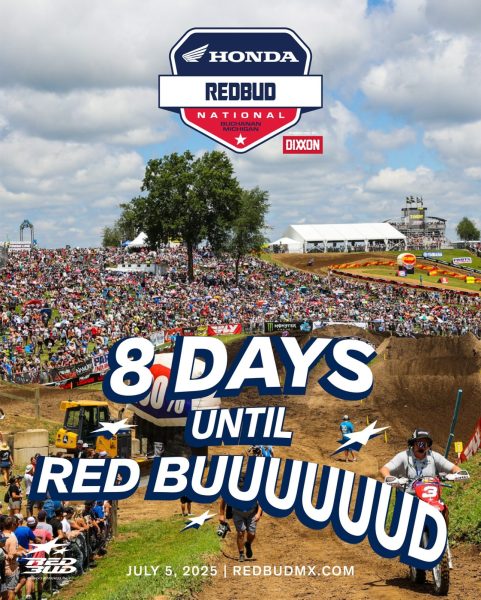Latest Articles
TEXAS WEATHER REPORT—This will blow your mind!
Climate Journalists Are In The Grip Of A Weird Religious Cult The failure of Texas ...
Thoughts for the Weekend
Some motivation and some inspiration. Here are some quotes to ponder. Get on your steed ...
UNINTENTIONAL PILGRIMAGE 2025
This is the third year of this event which started off to simply honor those ...
Long Road 2025 registrations are due
Long Road 2025 registrations are due August 11, include your shirts size (M or F). ...
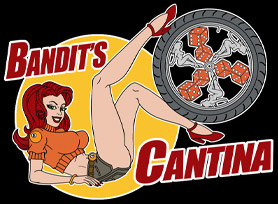
New in the Cantina
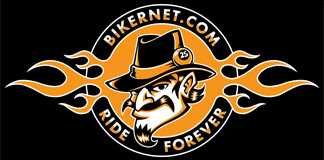
Weekly News
PRE-SCARY HALLOWEEN BIKERNET WEEKLY NEWS for October 27, 2022
Hey,Hang on, the news is full of surprises. I’ve talked to industry leaders and plenty ...
DYNAMIC BIKERNET WEEKLY NEWS for October 20, 2022
Hey,This could be a good one. The World is in turmoil and we need a ...
BRILLIANT BIKERNET WEEKLY NEWS for October 13th, 2022
Hey,This is an interesting week. We now have two lawsuits against Climate Alarmism, and one ...
THE REASONING BIKERNET WEEKLY NEWS for October 6th, 2022
Hey, There’s an easy solution to all the renewable efforts, but it entails eliminating the ...
Tech Articles
Part 3: Cabana Dan’s Early Projects
Dan doesn’t stop. He’s hitting events, building bikes, working with the Sturgis Museum and looking ...
Zebra to Sturgis Part I
From left to right: Bandit, Mad Myron and Special Agent Zebra, Spearfish, South Dakota, Sturgis ...
Bikernet Project Snortin’ Nortster: Chapter 1
Patron of the Bike Arts K. Randall Ball aka Banditdelivers the Sporty to my door. ...
Nex Gen, The Final Installment
When building a bike, most people seem to focus on the one thing that drives ...
Bike Features
YOKOHAMA MOONEYES SHOW BIKES
I have hundreds of photos I shot at Mooneyes 25th Anniversary Yokohama show. I was ...
THE McQuiston K
Ryan McQuiston is living the biker dream. He rides, wrenches, snorts 20/50-weight, and does it ...
Rollin Sixes Brings Their Chopper To Bikernet
Rollin‚ Sixes Choppers was formed by family and friends and is run by family and ...
Event Features
UNINTENTIONAL PILGRIMAGE 2025
This is the third year of this event which started off to simply honor those ...
Long Road 2025 registrations are due
Long Road 2025 registrations are due August 11, include your shirts size (M or F). ...
WIN BY HARLEY-DAVIDSON RACERS JAKE LEWIS & CORY WEST
HARLEY-DAVIDSON® PAN AMERICA® ST RACERS JAKE LEWIS AND CORY WEST WIN IN MISSION SUPER HOOLIGAN ...
Roads to Redbud 2025
Hey all - anyone venturing to Buchanan Michigan on the 5th of July, for the ...
